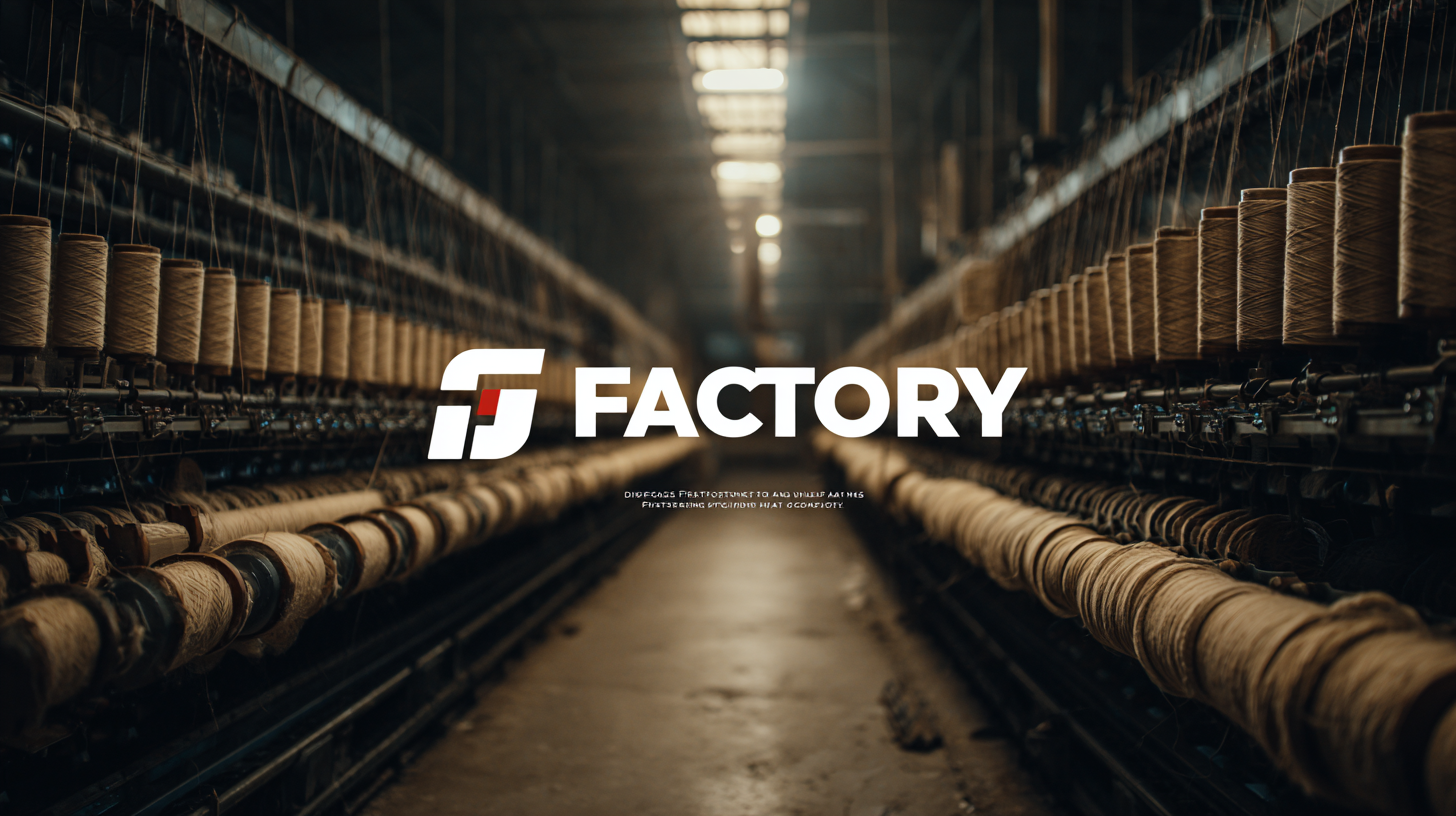
Exploring the Distinct Features and Applications of Diverse Product Alternatives from the Best Factory
As we delve into the evolving landscape of various product alternatives from the best Factory, the significance of innovation and adaptation in this sector cannot be overstated. According to a 2023 market analysis report from Technavio, the global production manufacturing market is expected to grow by approximately 5.8% annually, reaching a valuation of $12 trillion by 2025. This growth is driven by advancements in technology and shifts towards sustainable practices, prompting factories to diversify their product offerings. Furthermore, a report by McKinsey indicates that companies prioritizing flexible and diverse production strategies will be better positioned to capture emerging opportunities. As we explore these distinct features and their applications, it becomes evident that the future of this industry is closely linked to the capabilities and innovations stemming from leading factories around the world.

Exploring the Key Characteristics of Various Product Alternatives Offered by Leading Manufacturers
In recent years, manufacturers have diversified their product offerings, driven by changing consumer preferences and the growing importance of sustainability. Leading brands now explore a wide range of innovative alternatives that cater to various consumer needs. For instance, the concept of the circular economy has gained traction, with over 221 definitions surfacing in recent literature, underlining its significance in modern manufacturing practices. This shift emphasizes not only product functionality but also environmental impact, pushing manufacturers to adopt more sustainable approaches.
As consumer attitudes evolve, particularly among Generation Z, there's a notable increase in demand for health-conscious and eco-friendly products. A study examining consumer behavior shows that plant-based meat alternatives are becoming increasingly popular, mapping out a changing landscape in food consumption. This demographic's emphasis on authenticity and sustainability is urging brands to rethink their strategies and product developments.

Tips:
- Consider incorporating sustainable practices in production to align with consumer expectations and enhance brand loyalty.
- Regularly engage with your target audience to understand their preferences and adapt your product lines accordingly.
- Leverage the ongoing trend of plant-based alternatives to tap into the growing market for health-oriented options.
Analyzing Market Trends: The Rise of Alternative Products Across Industries
The landscape of alternative products is witnessing remarkable growth across various industries, reflecting a shift in consumer preferences and market dynamics. In the hair care sector, for instance, the market is projected to expand significantly, with estimates suggesting an increase from $2.68 billion in 2025 to $4.49 billion by 2032. This surge highlights the rising demand for innovative products that cater to diverse hair care needs, paving the way for manufacturers to explore unique formulations and sustainable ingredients.
Similarly, the global market for meat alternatives is on the rise, with projections indicating a growth from $7.87 billion in 2025 to $16.13 billion by 2032. This increase signifies a growing consumer awareness around health and sustainability, as more individuals seek out plant-based options. Additionally, markets for home decor and coffee alternatives are also experiencing substantial growth, showcasing a widespread trend towards diversifying product offerings. These developments not only provide consumers with more choices but also urge companies to innovate and adapt, ultimately reshaping the future of various industries.
Impact of Alternative Products on Consumer Choices and Brand Loyalty
The impact of alternative products on consumer choices is becoming increasingly significant in today's competitive market. As consumers are exposed to a wider variety of options, including those from the best factory, their decision-making processes have evolved. This shift is greatly influenced by factors such as price, quality, and brand reputation. When alternative products offer similar or superior benefits at a lower cost, consumers are more likely to switch brands, risking the loyalty built over years. This scenario compels brands to innovate constantly and differentiate their offerings to retain their customer base.
Brand loyalty, once considered a given, now requires persistent effort. As alternative products proliferate, companies must navigate the challenge of maintaining consumer allegiance. Strategic branding and value propositions become essential; brands that clearly communicate their unique features and create emotional connections stand a better chance of fostering loyalty. Additionally, understanding consumer behavior and preferences through market research can help brands anticipate trends and adapt their strategies accordingly. Ultimately, embracing the impact of alternative products not only reshapes consumer choices but also reignites brands' commitment to their audience.
Cost-Benefit Analysis of Choosing Alternatives Over Traditional Options
In recent years, the trend of adopting alternative products has gained significant momentum across various industries. Cost-benefit analysis plays a crucial role in this transition, particularly when it comes to evaluating the advantages of alternatives over traditional options. For instance, the projected growth of the global voice column market to $5,741.9 million by 2025 and reaching $16,379.3 million by 2033, with a compound annual growth rate of 14.0%, highlights the increasing demand for innovative solutions. Industries are recognizing the importance of embracing modern technologies that offer cost efficiencies while delivering enhanced functionality.

The evolution of security technology, notably the shift from traditional SIEM to cloud-native SIEM, XDR, and security data lakes, exemplifies the benefits of choosing alternative methods. This paradigm shift is driven by the understanding that cybersecurity fundamentally hinges on effective data management. By leveraging cutting-edge technologies, businesses can improve their security posture while optimizing costs. As such, the focus on cost-benefit analyses will continue to be pivotal as organizations navigate the complexities of integrating novel solutions into their operations, ensuring they remain competitive and resilient in an ever-changing landscape.
Sustainability in Manufacturing: How Alternatives are Shaping Eco-Friendly Practices
Sustainability has become a crucial aspect of manufacturing, prompting brands to seek innovative product alternatives that minimize environmental impact. The adoption of eco-friendly materials and processes is reshaping the industry, allowing manufacturers to reduce waste and energy consumption significantly. This shift focuses not only on resource efficiency but also on the lifecycle of products, ensuring they are recyclable or biodegradable. By choosing alternative materials like bioplastics or sustainably sourced wood, companies are positioning themselves at the forefront of the sustainability movement.
Moreover, these alternatives play a vital role in enhancing brand loyalty among consumers who prioritize environmental consciousness. As more customers demand sustainable options, manufacturers are responding by redefining their supply chains and production techniques. For instance, utilizing recycled materials or implementing closed-loop systems can drastically lower carbon footprints while appealing to the growing market of eco-aware consumers. This evolution towards sustainability not only aligns with the global push for greener practices but also opens up opportunities for innovation in product development and marketing strategies.
